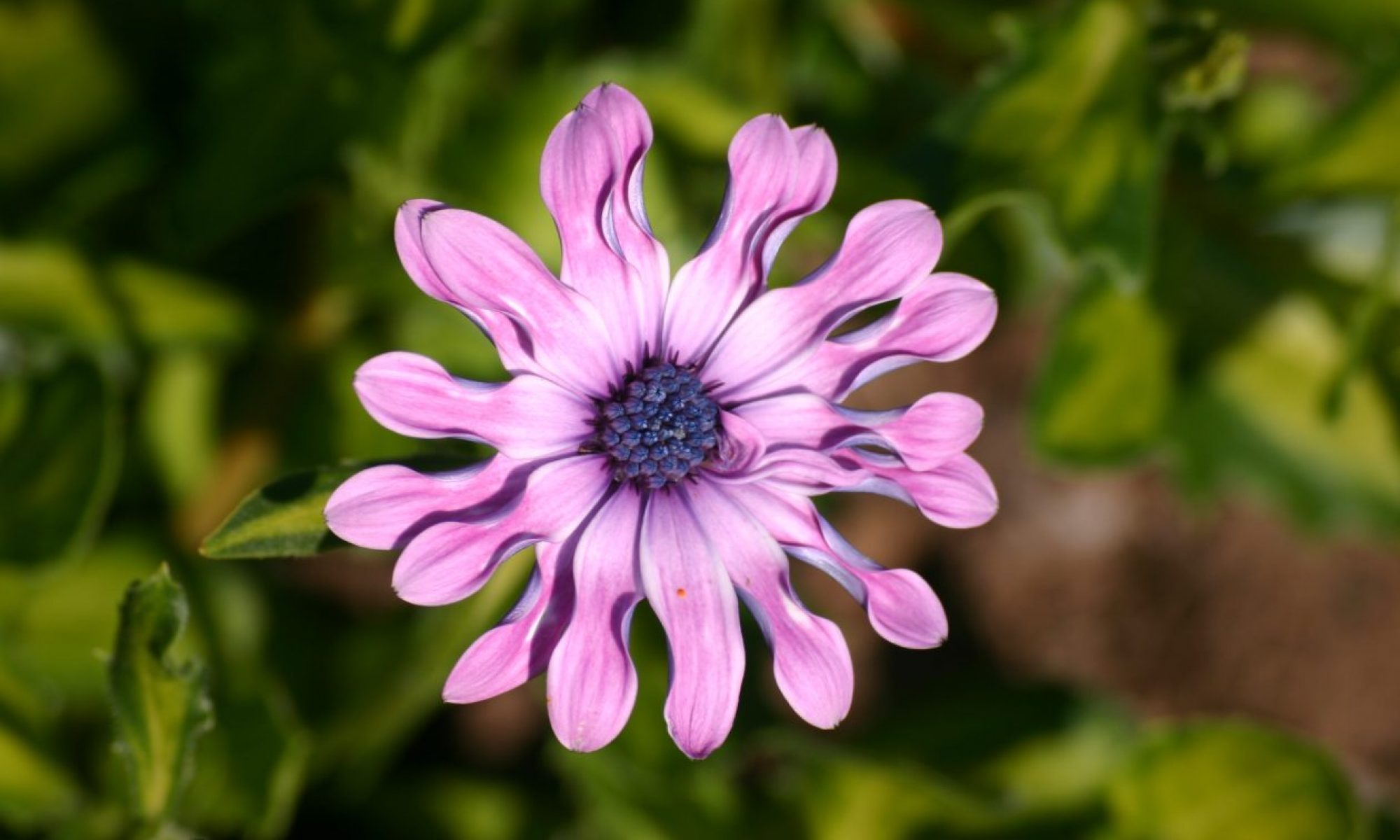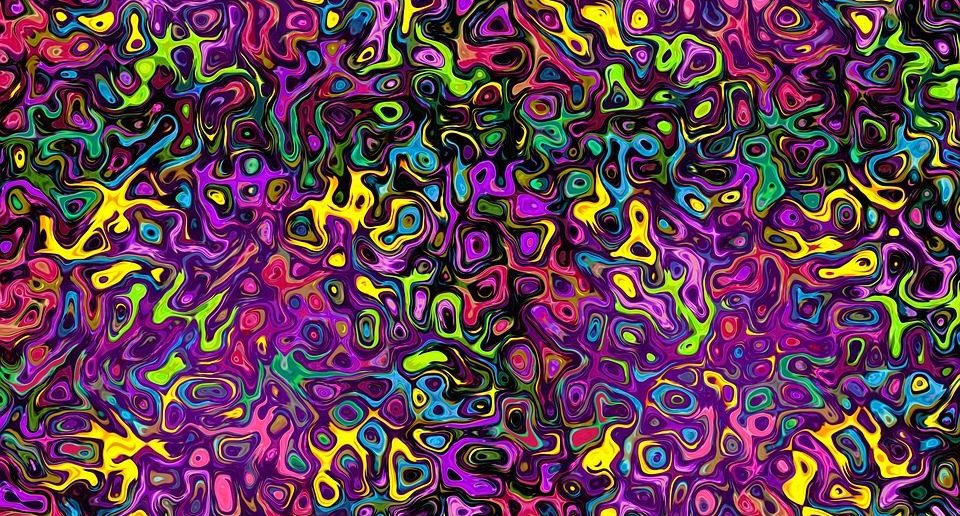Visual Arts
Using follow up activities can be a great way to consolidate previous learning, and learn new things on the subject. This week was a follow up to the print making activity from last week. We chose our lightest coloured print and made a black and white photocopy, then we were to draw the the rest of the picture around the photocopy. We also looked at a programme in Fort William called Room 13, where the school has used an unused classroom as an art studio. It’s a wonderful set up and it would be be fantastic to see it in all schools across the country. There were also a number of books we looked at. One in particular called the ‘The Boys Doodle Book’ inspired a lot of conversation on our table. The discussion was that although the book was aimed at boys to encourage them to take part in art, it shouldn’t be specifically for boys. Instead it could have been called ‘The Big Doodle Book’ and could be used by both boys and girls.
The skills developed throughout this input are as follows:
- Debating
- Practical
- Listening
Next steps from this input would be to look further into art based projects like Room 13 and how these could be implemented into other schools.
Music
Playing music is so much fun, but composing your own music gives a sense of pride that doesn’t always come with just playing music. This week we were using Garage band to compose our own pieces of music by using the preset sounds available. We created one ‘regular’ piece of music and one score to a short animation. This was a great activity as you could be creative with what type of music you produced. I have always enjoyed creating my own music but have struggled to find an application that I enjoy and that is easy to use. This activity helped me see that Garage band is a great resource and I think that children would love having the opportunity to create their own music.
Skills developed throughout this input are as follows:
- Composing
- Listening
Next steps from this input would be to become more familiar with the workings of Garage band and other music making applications.
The Link
This week we took something that had been previously created and added to it. For art we took our prints and added to them and for music we took the chosen animation and added a soundtrack to it.
Teaching Visual Art
Using continuation activities can help to consolidate learning and allow children to gain new knowledge. By using the activity we undertook, it could be used to introduce to children the idea that there’s a bigger picture behind every close up. This could be used to help them understand that when you’re looking at something close up (their prints in this case are a metaphor for an issue, e.g bullying), there is always something bigger that can be affecting or influencing the close up.
There aren’t really any barriers to teaching this aspect of art, unless the previous activity of print making was unable to occur. Instead the teacher could choose images that have a twist from google that have been cropped. The teacher could then ask questions about what the children think about the picture. They would use the full image to show the point of taking a holistic view of every situation before making judgements.
Teaching Music
Teaching children to make their own music is a great way of letting the children express themselves. Using the activities we took part in would be a great way to introduce children to composing, as the function that Garage band has is a bit like a jigsaw where all the children have to do is choose the ‘pieces’ they like and put them where they want them.
Barriers to teaching composing using Garage band would be a lack or resources, more specifically iPad’s. It’s more common nowadays for schools to have some form of technology but unfortunately Garage band is only available on apple products.
Issues
Art as a stand alone subject does not solve problems, it doesn’t however make us aware of them. But, arts education does solve problems and that is why we should be incorporating it into everyday lessons (Smith, 2009). Unfortunately though, over the past few years, the arts have become more and more unimportant to the government as they focus on maths and literacy relating to the gaps in attainment.
References
Smith, F. (2009) Why Arts Education Is Crucial, and Who’s Doing It Best. [Online] Available: https://www.edutopia.org/arts-music-curriculum-child-development [Accessed: 16 December 2017]


